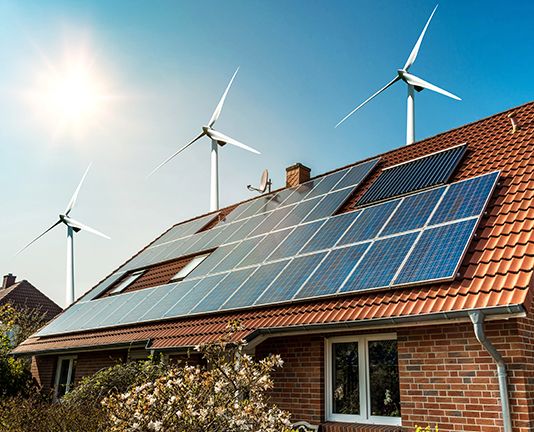As global supplies fall far short of what airlines need to achieve their decarbonization objectives, Indian Oil Corp. plans to construct a sustainable aviation fuel plant for 10 billion rupees ($122 million). According to S.S.V. Ramakumar, director for research and development, the facility will be able to manufacture 88,000 tonnes of SAF annually, and Indian Oil is looking to collaborate on the project with other oil firms. To proceed with the investment, he noted, supply agreements with airlines are required.
The International Civil Aviation Organisation set a goal to achieve net zero emissions by 2050 last year, and SAF has long been regarded as the sector’s quickest path to achieving that goal. However, the current global output is only a small portion of what is required, and airlines are counting on a significant increase in supply. Ramakumar said in an interview that “this is going to be a booming business.” Because you won’t experience economies of scale without a higher capacity, that’s why we came up with the idea for such a large plant.
Using alcohol-to-jet technology created by LanzaJet, the plant, which will be built at Indian Oil’s Panipat refinery north of New Delhi, is expected to be the first SAF facility in the country if it is built. Another plant using a different technology has been proposed by rival Mangalore Refinery and Petrochemicals Ltd.
Ramakumar stated without going into further detail that tax advantages will also be required for Indian Oil to move through with the investment in the plant. The petroleum may be sent to Southeast Asia and Africa, he continued. A government suggestion to mix SAF with jet fuel will be the next stage, and it will be crucial for airlines to sign supply contracts with Indian Oil.
Due to the high operating costs, he added, airlines will also require tax exemptions from the government or carbon credits to make using SAF economically feasible. With few other options to reduce emissions, global aviation is responsible for more than 2% of the gases warming the earth. For medium- and long-haul flights, battery-powered aircraft are insufficiently limited in their range, and hydrogen will likely take many years to become a viable alternative.

